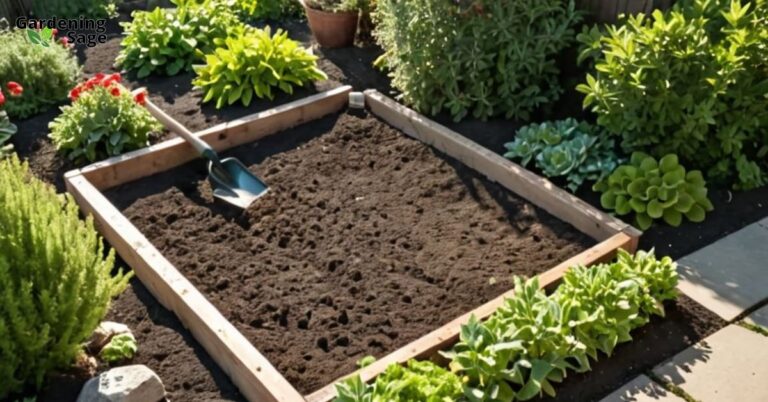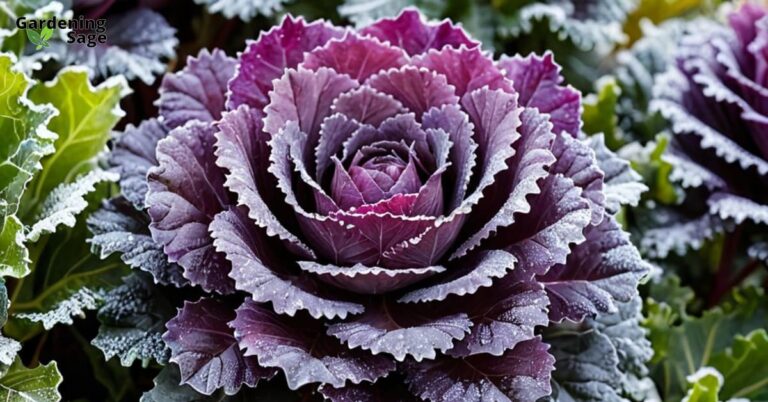The Hidden Challenges of Indoor Gardening
Indoor gardening can transform your living spaces into vibrant areas of natural beauty and tranquility. However, it’s not without its challenges. Hidden hazards, often overlooked, can threaten the health and vitality of your indoor plants.
This comprehensive guide explores expert strategies for identifying and fortifying your indoor garden against these hidden dangers, ensuring your plants not only survive but thrive.
Understanding Indoor Plant Hazards
- Common Threats to Indoor Plants: Indoor plants face a unique set of challenges compared to their outdoor counterparts. Limited sunlight, fluctuating temperatures, inadequate watering, and poor air circulation are just a few. Additionally, indoor environments can harbor pests and diseases that pose significant threats to plant health.
Maximizing Light Exposure
- The Role of Light: Light is a fundamental element for plant growth. Most houseplants require bright, indirect sunlight to flourish.
Strategies for Optimizing Light:
- Position plants near windows that receive ample natural light, but be wary of direct sunlight, which can scorch some plants.
- Rotate plants regularly to ensure all sides receive equal light exposure.
- Consider supplemental lighting, such as grow lights, during darker months or in rooms with insufficient natural light.
Maintaining Optimal Temperature and Humidity
- Temperature and Humidity Balance: Indoor plants prefer a consistent temperature and humidity level, which can be challenging to maintain in a home environment.
Tips for Temperature and Humidity Control:
- Keep plants away from drafts, heaters, and air conditioners.
- Use humidifiers or place water trays near plants to increase humidity, especially in dry climates or during winter.
- Group plants together to create a microenvironment with higher humidity.
Watering Wisely
- The Risks of Over and Under-Watering: Watering issues are among the most common problems in indoor gardening. Both over and under-watering can lead to plant stress and diseases.
Effective Watering Techniques:
- Understand the specific watering needs of each plant. Most prefer their soil to be slightly moist, not waterlogged.
- Use pots with drainage holes to prevent excess water accumulation.
- Allow the topsoil to dry out slightly before watering again.
Guarding Against Pests and Diseases
- Identifying Common Indoor Plant Pests: Pests such as spider mites, aphids, and mealybugs can be particularly troublesome for indoor plants.
Preventive and Treatment Strategies:
- Inspect new plants for pests before introducing them to your indoor garden.
- Isolate-affected plants to prevent the spread of pests or diseases.
- Use organic pest control methods, like neem oil or insecticidal soap, to treat infestations.
Nutritional Needs and Soil Health
- Feeding Your Indoor Garden: Just like outdoor plants, indoor plants require nutrients to grow healthily.
Optimizing Plant Nutrition:
- Use a balanced, water-soluble fertilizer, following the recommended dosage and frequency.
- Repot plants every few years with fresh potting mix to replenish nutrients.
The Importance of Proper Air Circulation
- Benefits of Airflow for Plants: Good air circulation is essential for preventing fungal infections and promoting healthy growth.
Improving Air Circulation:
- Ensure your plants are not overcrowded.
- Use fans to gently circulate air, but avoid placing plants directly in the path of strong drafts.
Healthy Indoor Garden
Indoor gardening offers a wonderful opportunity to bring the beauty of nature into your home. By understanding and mitigating the hidden hazards that indoor plants face, you can create a lush, thriving indoor garden.
Implement these strategies to protect and nurture your plants, and enjoy the myriad benefits of your indoor green oasis.














